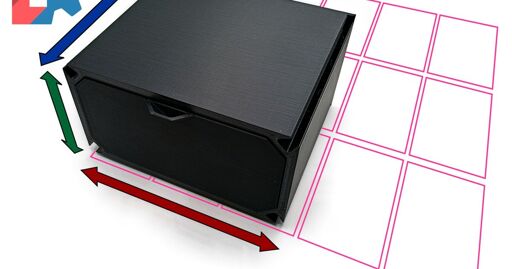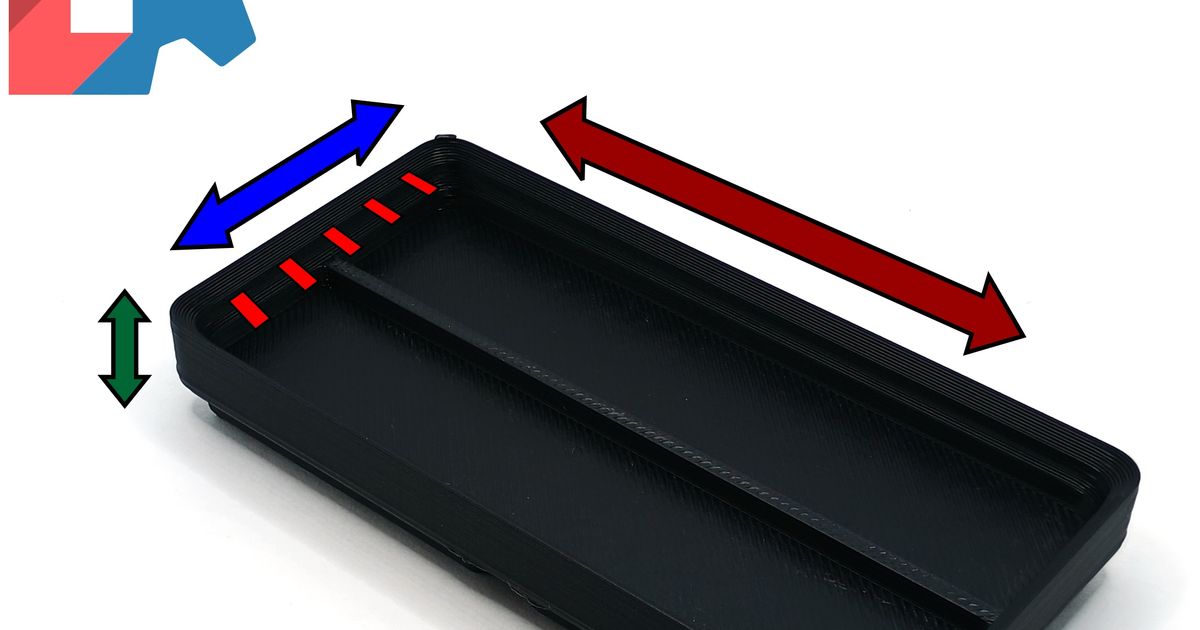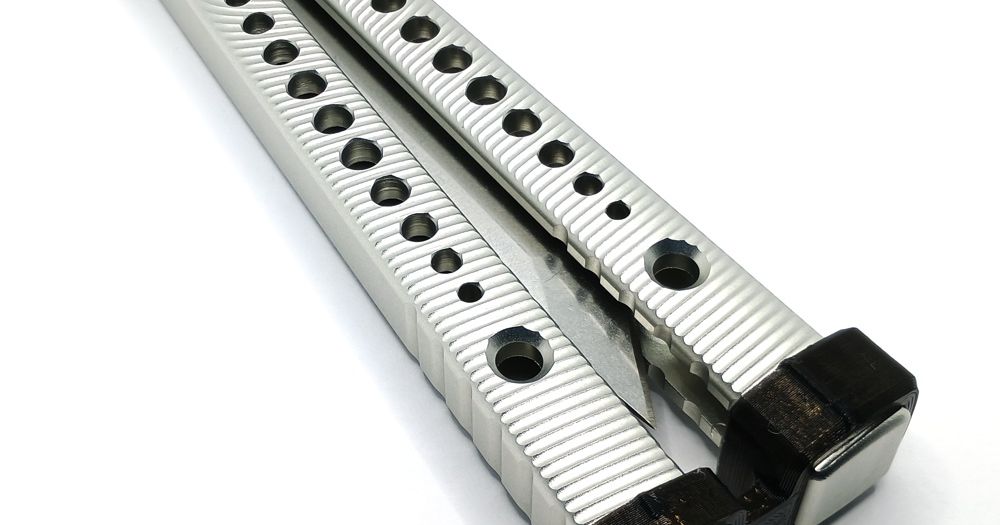

If your bed is physically tilted and you’ve ensured it’s flat (it seems that you have), you will probably want to manually adjust its straightness relative to the X/Y plane. Or perpendicularity. Is that a word? You know what I mean.
There are four locknuts on posts on the underside of the bed and if you remove the steel build sheet on top you’ll see the heads of the four screws on the other ends of these. There are probably myriad ways to measure its straightness, but Qidi recommend just manually moving the head around and using the textured nozzle offset sheet the printer came with to ensure that the gap is more or less consistent with the tip of the nozzle in the various extremities of the bed. You could also use a feeler gauge for this purpose if you were feeling frisky or wanted something more durable. You’ll want to do this with the bed at room temperature, so that rising or falling temperatures won’t be muddling your results via thermal expansion.
With the locknuts loosened, you can screw the four corners of the bed up and down slightly using the screw heads on top. These are the four screws closest to the corners. Be sure to hold the screw heads in place when you retighten the locknuts beneath, otherwise the act of tightening them will probably also turn the screws slightly and mess up all your hard work. Turning the screw heads clockwise lowers the bed, and turning them counterclockwise raises the bed in that corner.
Do not attempt to auto-home the print head or run a mesh level job without the steel sheet attached to the bed. The probe relies on the presence of the steel sheet and you will drill the nozzle into the magnetic surface of your print bed if you do. Just grab the print head to move it around in the X/Y plane and leave its jog controls alone. Only jog the bed itself.
Qidi have a video detailing this here. Yes, it’s just an MP4 plonked on a Google drive and no, I don’t know why they didn’t just post it you Youtube or something. They seem to distribute most things by just sticking them in a Google drive folder. You get used to it, dealing with Qidi.
I had to go through this rigmarole when I replaced the heated bed a while ago, which Qidi are not keen to tell you in advance. When I just slapped the new part on there as advertised I wound up with one corner of the bed tilted near as makes no difference to a full millimeter below the presumed plane of the Z axis and the other corner maybe 0.5mm above it. Somehow with mesh leveling this more or less still worked, but it’s much improved now that I’ve actually done it right… ish.
What I have now is this:

Look, it’s not exactly an ideal Euclidean plane or whatever the hell. But 0.2228mm from one corner to the other? S’okay? S’alright. That’s little enough that the mesh can compensate for it.
In case anyone is wondering, the mesh leveling appears to use a 9x9 grid. I thought it would be 10x10. I was wrong. That’s only 81 points of measurement which means that vagaries could theoretically fall in between the probed points. It’s not likely these will be Earth-shakingly severe, because the steel surface plate isn’t exactly tinfoil and it’s only so flexible to begin with. And here’s another dumb tip for your travels while we’re at it: Make sure there’s no crap stuck to the backside of your steel plate, or trapped between it and the magnetic base. Scraps of black filament are what get me, because they’re hard to spot. But they’ll cause you no end of grief.









“Calls.”
There’s only one call, and it’s coming from Tim Sweeny at Epic. It’s just more of his usual yelling at clouds, because he’s got a pathological hate-on for anyone else who runs a storefont, including Apple and Google but especially Valve. He hasn’t made any positive contribution to the world since about 1998, and at this point we can all safely discard his opinion with nothing of value being lost. He wants to allow AI slime on his own platform because he thinks it’ll make him free money, but maybe he ought to worry about the smell coming from his own house before he goes around trying to dictate at others how they should run theirs.